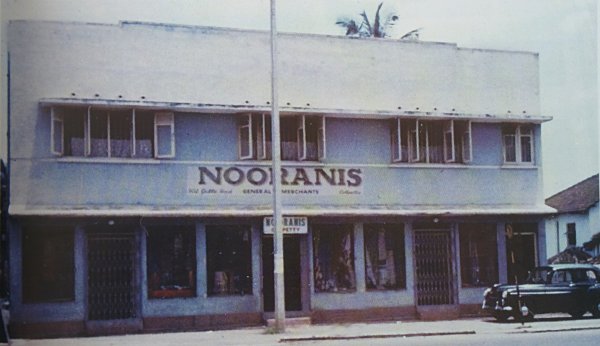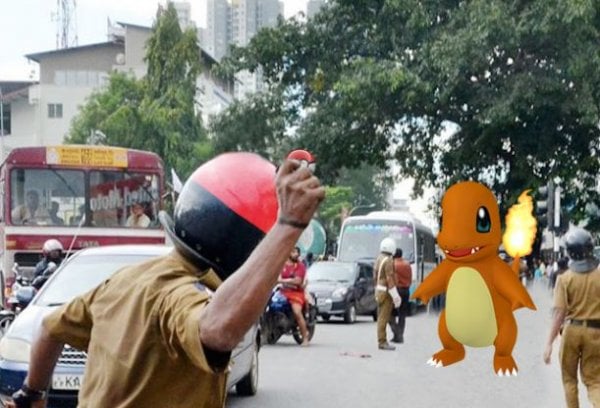
At first sight, the Sri Lankan Railway System is anything but interesting: crowded commuter trains, frequent strikes, and largely out-of-date infrastructure makes it look like a joke compared to the sleek, on time service of the Shinkasen in Japan.
Yet, going by Da Vinci’s maxim “Learn to see”, we found history hiding in plain sight, preserved in our ageing railway system.
Sri Lanka Railways’ Signalling System
Indians are famous for frugal innovation, a concept known as “Jugaad.” But we might have just beaten them at their own game by keeping this system alive. For a railway network to operate safely, it needs a signalling system. Outside of the Western province and other commuter routes, Sri Lanka Railways largely uses a system known as the semaphore system.
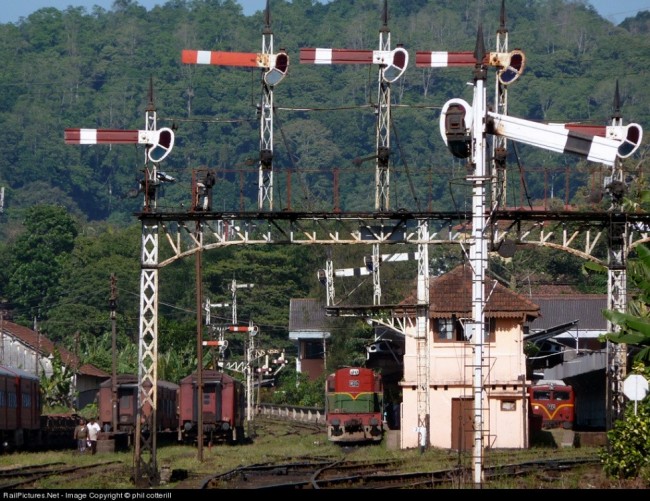
Semaphores, most likely at the Kandy Railway Station / Phil Cotteril for RailPictures.net

When the arm is up, you stop / Wikipedia
A semaphore is basically a metal arm with two coloured lenses attached to one end. At its most basic level, the semaphore system is used to indicate two signals: ‘Stop’ and ‘Clear’.
Each semaphore has two lenses. Of these two lenses, one is red while curiously enough, the other is blue. This is because when the semaphore was first used, an oil lamp or a gas lamp was placed behind the lens so that the signal will be visible at night. Oil lamps emitted a yellow light, which through a blue lens, can be seen as green. It’s basic colour theory in play.
Eventually, oil lamps were replaced by incandescent bulbs when electricity became freely available.
The semaphore system was introduced to Sri Lanka during British Rule and we’re one of the few countries which still use the system on main lines (e.g. the up country line). Most other former British colonies have moved on to using electric signaling systems.
The Tablet System
One of the more interesting, and memorable, parts of the Railways is the tablet system. It’s an ingenious system devised to avoid accidents on single line tracks, meaning routes where only one train can safely occupy the track at any given time. It basically ensures right of way for a train and was developed by an engineer called Edward Tyer in 1874.
How it works is that before a train enters a single line section, the driver is required to obtain a tablet from the railway station which acts as the entry point to the line. The driver must then drop off the tablet at the railway station at the other end of the line. Until the tablet is dropped off (at the other end), no other train will be allowed to use the line, simply because no more tablets will be issued. In short, drivers can’t enter a line governed by the tablet system, unless they possess a tablet in their hands. This always ensures that at any given time, only one train occupies a line.
The tablet system can be quite complex and requires some teamwork from the two stations at both ends of the line. We don’t want to confuse you, but if you want to know more, Wikipedia (surprisingly) has a very good breakdown of how the system operates.
In spite of its complexity, we actually rely quite a lot on this system. New Zealand still uses this system in certain parts of the country. Clearly, we’ve done Edward Tyer proud by showing everyone that old does not necessarily mean bad.
The Edmonson Ticketing system
Like railway services all over the world, you must buy a ticket if you want to hitch a ride on a train in Sri Lanka. And that ticket looks like this:

Boring, yet interesting / Image courtesy NewsFirst.lk
That ticket doesn’t look like it’s going to win any awards for its design, but what most people don’t know, is that it looks that way because it is part of something known as the Edmonson Ticketing system. The system is named so after its creator, Thomas Edmonson, who used to work as a clerk at a station in Great Britain.
He quickly became tired of using the manual system which was in use at the time, and devised a system that would be more efficient and less time consuming. He was the one who came up with the idea to put serial numbers on tickets, store them in tubes within a cabinet, and also to fix the size of a ticket at 2 X 1 inches to save cardboard. In fact, the Edmonson System is famous for its ticket designs which give preference to function over form.
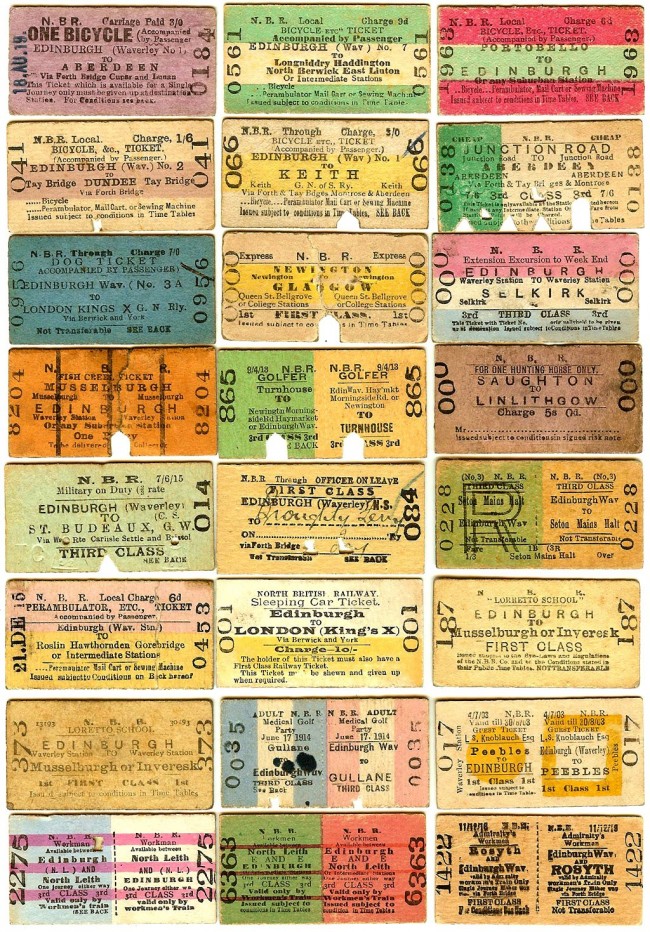
Notice the similarity? Photo courtesy EdinPhoto.org.uk
It turns out that Edmonson tickets also have a considerable community of collectors who lust after them. We even found a few eBay listings selling questionable “vintage” Sri Lankan train tickets.
We also found this detailed article on Edmonson’s life and his ticketing system, do have a look if you’ve got 5 minutes to spare.
Travelling Post Offices
Travelling Post Offices or TPOs are train carriages in which mail is sorted on the way to a destination. Conceptualised by the Royal Mail, we naturally inherited it since we were a British colony and the Brits standardised things to increase administrative efficiency.
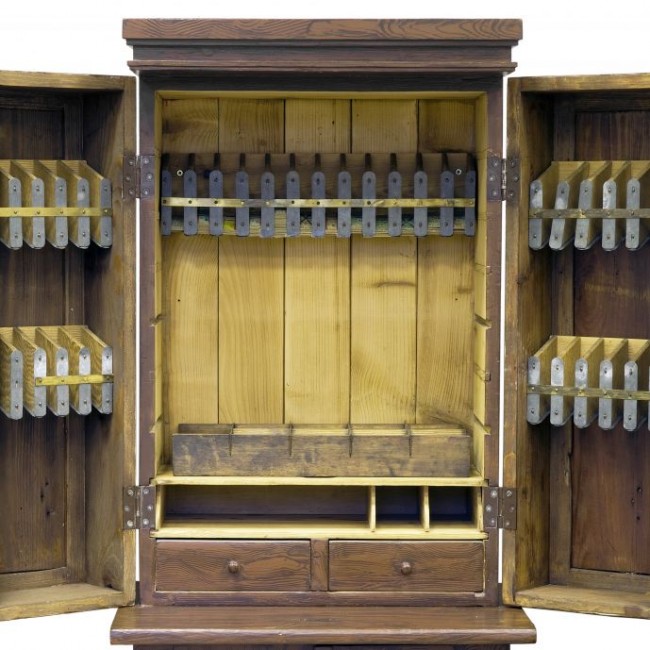
An Edmonson ticketing cabinet, circa 1930. Image courtesy railwaymuseaum.lv
What happens in a TPO is that mail is loaded on board at the beginning of the journey, and it is sorted along the way. The mail is then dropped off at each stop until the train reaches its destination.
Sri Lanka Railways operates a train famously (and rather obviously) known as the “night mail” which plies between Colombo and Badulla. It is also perhaps Sri Lanka’s most famous mail train. If you are a traveller, however, try to avoid the night mail like the plague. Word on the street is that it’s quite a dangerous train to be travelling in. Though we don’t know how accurate the rumours are, one thing we know for sure is that every Sri Lankan uncle has at least one story about the night mail!
Four pieces of history hiding in plain sight: and funnily enough, it is Sri Lanka Railways’ poor finances which helped preserve these bits of history. Makes you wonder, doesn’t it?
Cover image credit: lanka-holidays.com

